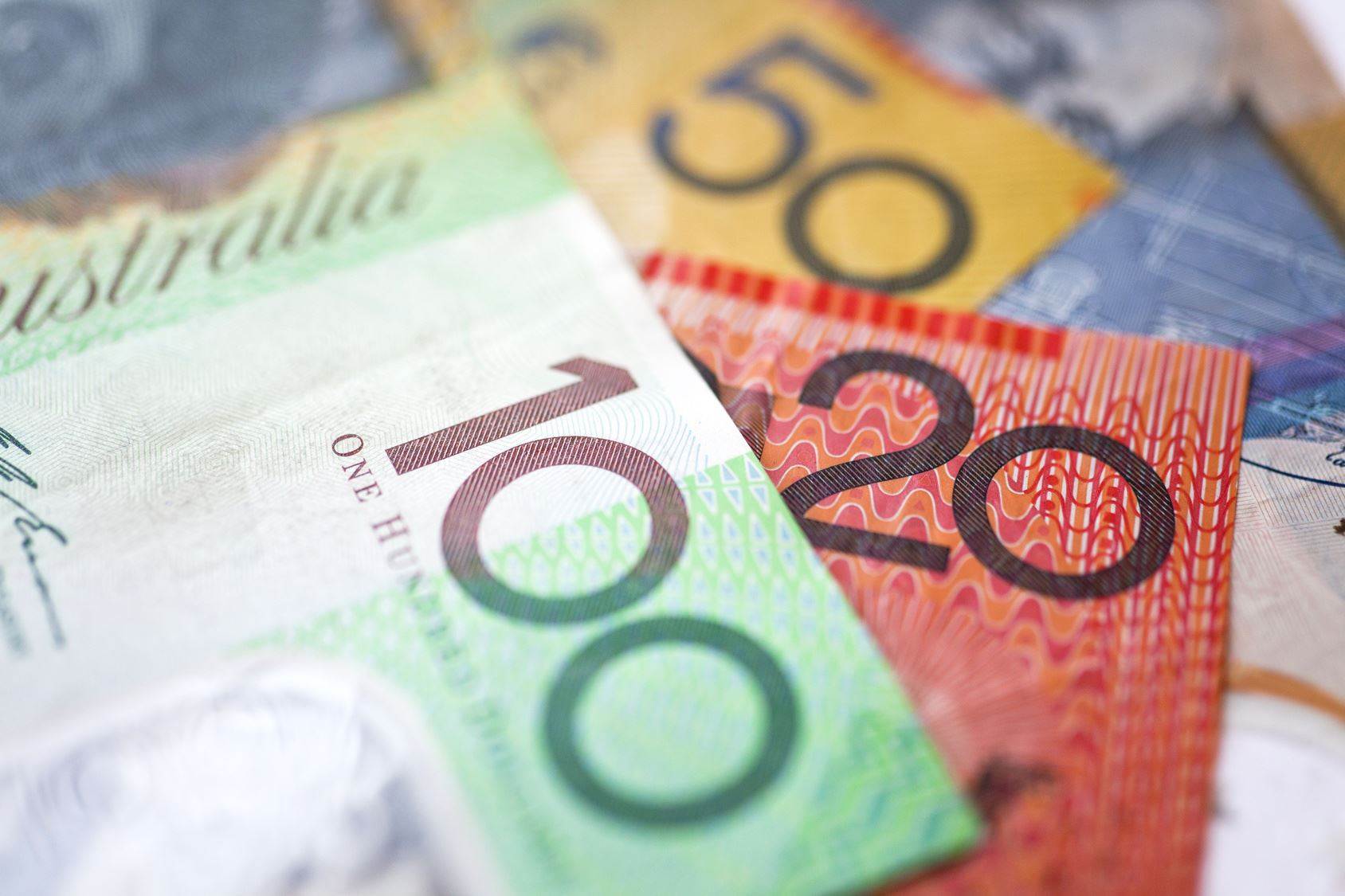The entity currently holds 210.39
M in liabilities with Debt to Equity (D/E) ratio of 0.79, which is about average as compared to similar companies. The asset utilization indicator refers to the revenue earned for every dollar of assets a company currently reports. Cato has an asset utilization ratio of 101.39 percent. This suggests that the company is making $1.01 for each dollar of assets. An increasing asset utilization means that Cato Corporation is more efficient with each dollar of assets it utilizes for everyday operations.

Cato financial leverage ratio helps determine the effect of debt on the overall profitability of the company. It measures the total debt position of Cato, including all of Cato's outstanding debt obligations, and compares it with the equity. In simple terms, the high financial leverage means the cost of production, together with running the business day-to-day, is high, whereas, lower financial leverage implies lower fixed cost investment in the business and generally considered by investors to be a good sign. So if creditors own a majority of Cato assets, the company is considered highly leveraged. Understanding the
composition and structure of overall Cato debt and outstanding corporate bonds gives a good idea of
how risky the capital structure of a business is and if it is worth investing in it. Please read more on our
technical analysis page.
How important is Cato's Liquidity
Cato
financial leverage refers to using borrowed capital as a funding source to finance Cato Corporation ongoing operations. It is usually used to expand the firm's asset base and generate returns on borrowed capital. Cato financial leverage is typically calculated by taking the company's all interest-bearing debt and dividing it by total capital. So the higher the debt-to-capital ratio (i.e., financial leverage), the riskier the company. Financial leverage can amplify the potential profits to Cato's owners, but it also increases the potential losses and risk of financial distress, including bankruptcy, if the firm cannot cover its debt costs. The degree of Cato's financial leverage can be measured in several ways, including by ratios such as the debt-to-equity ratio (total debt / total equity), equity multiplier (total assets / total equity), or the debt ratio (total debt / total assets). Please check the
breakdown between Cato's total debt and its cash.
Detailed Perspective On Cato
Cato price slide over the last few months could raise concerns from institutional investors as the firm closed today at a share price of
7.42 on
313,573 in volume. The company management teams were not very successful in positioning the firm resources to exploit market volatility in
July. However, diversifying your holdings with Cato Corporation or similar stocks can still protect your portfolio during high-volatility market scenarios. The stock standard deviation of daily returns for 30 days investing horizon is currently 4.34. This high volatility is attributed to the latest market swings and not so good earnings reports for some of the Cato partners.
Asset Breakdown
250.5 M
Assets Non Current
| Total Assets | 680.66 Million |
| Current Assets | 430.13 Million |
| Assets Non Current | 250.53 Million |
| Tax Assets | 8.57 Million |
Will Cato latest rise continue?
Latest risk adjusted performance indicator falls down to -0.14. Possible price upswing? Cato Corporation exhibits very low volatility with skewness of -1.88 and kurtosis of 7.8. However, we advise investors to further study Cato Corporation technical indicators to make sure all market info is available and is reliable.
Our Final Take On Cato
Whereas many other companies in the apparel retail industry are either recovering or due for a correction, Cato may not be as strong as the others in terms of longer-term growth potentials. All things considered, as of the 28th of August 2020, our actual 30 days 'Buy-vs-Sell' recommendation on the company is
Strong Sell. However, we believe Cato is
undervalued with
below average chance of financial distress for the next two years.
Building efficient market-beating portfolios requires time, education, and a lot of computing power!
The Portfolio Architect is an AI-driven system that provides multiple benefits to our users by leveraging cutting-edge machine learning algorithms, statistical analysis, and predictive modeling to automate the process of asset selection and portfolio construction, saving time and reducing human error for individual and institutional investors.
Try AI Portfolio ArchitectEditorial Staff
Rifka Kats is a Member of Macroaxis Editorial Board. Rifka writes about retail product and service companies from the perspective of a regular consumer and sophisticated investor at the same time. She is passionate about corporate ethics and equality in the workforce.
View Profile This story should be regarded as informational only and should not be considered a solicitation to sell or buy any financial products. Macroaxis does not express any opinion as to the present or future value of any investments referred to in this post. This post may not be reproduced without the consent of Macroaxis LLC. Macroaxis LLC and Rifka Kats do not own shares of Cato Corporation. Please refer to our
Terms of Use for any information regarding our disclosure principles.
Would you like to provide feedback on the content of this article?
You can get in touch with us directly or send us a quick note via email to
editors@macroaxis.com